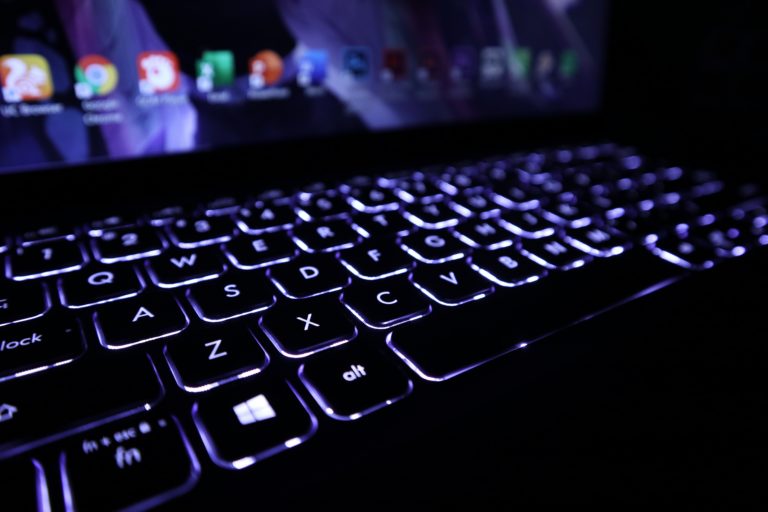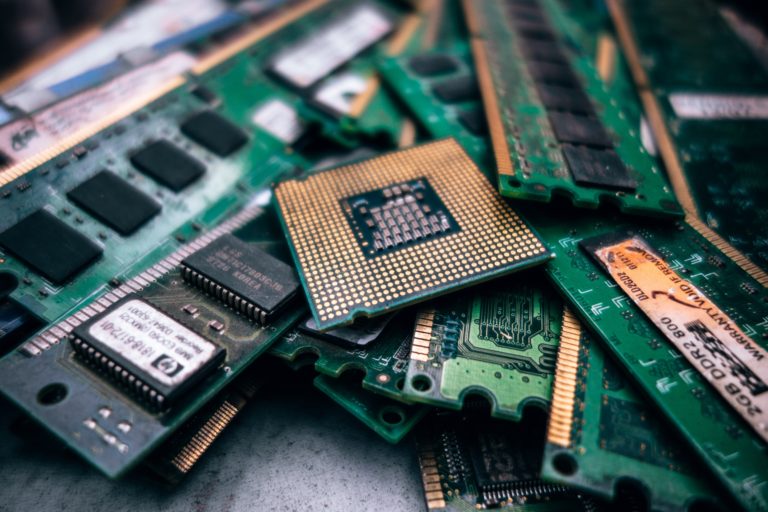Difference between Twisted Nematic (TN) and In-Plane Switching LCD technologies?
If you are about to buy a new display for your computer or looking to buy a new PC itself. These technical words are likely to be thrown at you by the salesperson. As we know that CRT screens used in the past have completely been replaced by LCD screens on desktop computers as well as laptop computers. The key reason behind this changeover was less consumption of power by LCD screens. There are two important types of technologies available these days widely known as Twisted Nematic (TN) and In-Plane Switching (IPS). Let’s see the differences between them:
| Characteristics | Twisted Nematic (TN) | In-Plane Switching (IPS) |
| Technology | Old technology | New technology |
| Response time | high | slow |
| Brightness | high | Lower as compared to TN |
| Power consumption | low | high |
| Display when viewed from wide angles | Suffers distortions | Better quality when compared to TN |
| Colour Quality | Average | Better than TN |
Overall IPS LCD technology has been widely accepted because of one key advantage which is better quality display when viewed from wide angles. However, IPS LCD screens are expensive than TN LCD screens. A new variant known as Super-In-Plane Switching LCD (SIPS) has also become existent which brings improvements on response time over traditional IPS LCD screens.
- Microprocessors & associated terminology-All your questions answered!
- What is BYOD? Why is it trending among organizations around the world?
- What is Random Access Memory (RAM)?
- What does no one tell you about Random-Access Memories?
- Difference between Passive Matrix and Active Matrix LCDs?
- All you want to know about Unshielded Twisted Pair (UTP) Cables!




